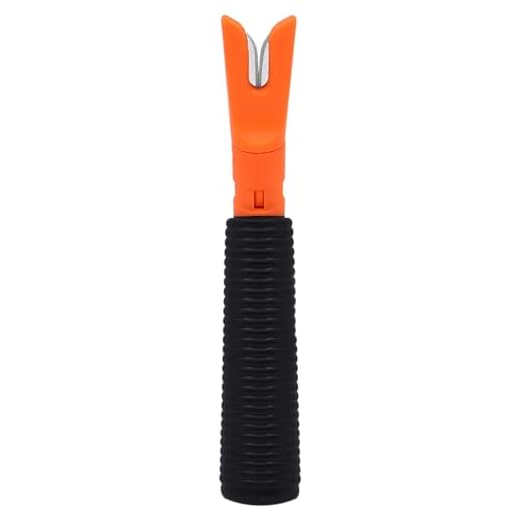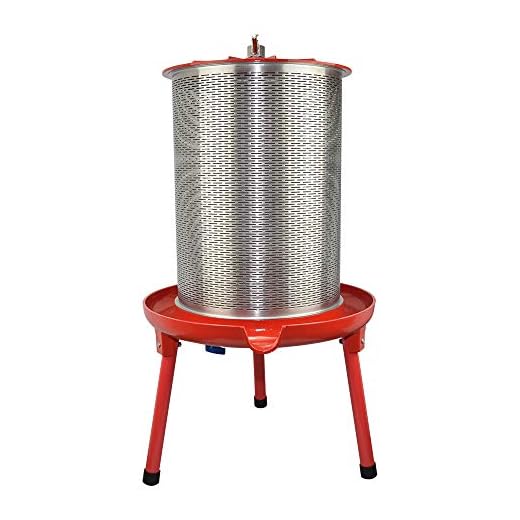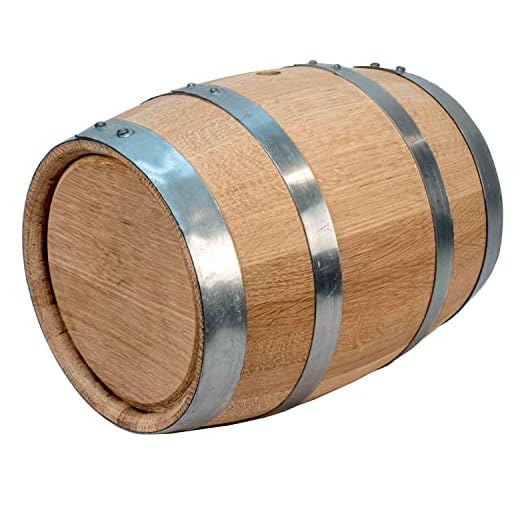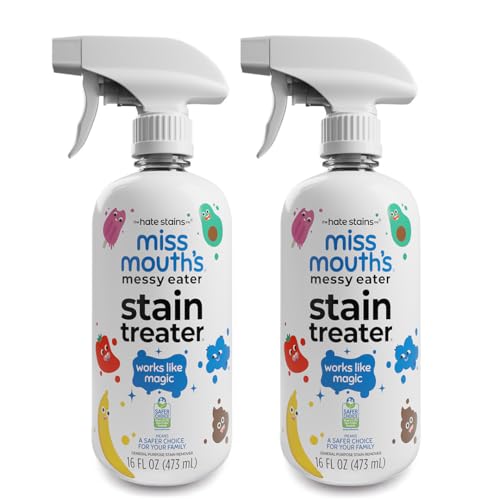



To create exceptional pink libations, begin with the selection of high-quality red grapes. Varieties such as Grenache, Syrah, and Pinot Noir yield distinct flavors and aromas when transformed into blush beverages. Ensure that the grapes are harvested at optimal ripeness, as this will influence the final profile of the drink.
Next, the pressing process plays a crucial role in achieving the desired hue. Gently crush the grapes and separate the juice from the skins. The duration of skin contact directly affects the shade; shorter contact times produce lighter colors, while prolonged exposure yields deeper tones. Monitor this closely to achieve the perfect balance.
Fermentation follows, typically at cooler temperatures to preserve the delicate notes of the juice. Utilizing stainless steel tanks helps maintain freshness and allows for precise control over the process. The fermentation stage can last from a few days to several weeks, depending on the desired characteristics of the final product.
After fermentation, consider blending if necessary. Combining different grape varieties can enhance complexity and richness. Finally, age the resulting concoction in stainless steel or neutral oak barrels, depending on the style you wish to achieve. Once ready, filter and bottle your creation, ensuring it’s ready for enjoyment.
Choosing the Right Grapes for Rosé Production
Opt for varietals that yield bright acidity and fruit-forward profiles. Grenache, with its vibrant strawberry notes, and Syrah, offering a touch of spice, are excellent choices. Consider Mourvèdre as well, as it adds depth and structure.
Pay attention to the climate and terroir where the grapes are grown. Cooler regions often produce grapes with higher acidity, essential for a refreshing finish. Look for vineyards in places like Provence or California’s Sonoma Coast, where the conditions favor the desired characteristics.
Harvest timing is crucial; aim for grapes that strike a balance between ripeness and acidity. Picking earlier can enhance freshness, while later harvesting may increase sugar levels, leading to a richer profile.
Experimenting with lesser-known grapes can yield unique results. Try using Cinsault or Pinot Noir for a different flavor spectrum. Their profiles can add intrigue to the final product.
Lastly, maintain a keen focus on the winemaking process. The chosen grape varietals should harmonize with the desired style. Consider the maceration time to extract just the right amount of color and flavor without overwhelming tannins.
Harvesting Techniques for Optimal Rosé Quality
To achieve superior quality in the production of pink varietals, timing during the grape harvest is paramount. Picking grapes early in the morning ensures they remain cool, preserving acidity and preventing premature fermentation. Aim for a sugar level that balances freshness with optimal ripeness; typically, this falls within a range of 19-22 Brix for most grape types suited for this style.
Hand vs. Mechanical Harvesting
Hand harvesting remains the gold standard for premium productions. It allows for careful selection, ensuring only the finest clusters are chosen. This method minimizes damage to the fruit and prevents the extraction of unwanted tannins. Mechanical harvesting, while efficient, can lead to overripe and damaged grapes if not executed with precision. If opting for machinery, ensure it’s equipped with advanced sorting technology.
Choosing the Right Time of Day
The diurnal temperature variation plays a significant role in grape quality. Grapes should be harvested during cooler parts of the day to maintain their integrity. This practice not only helps in preserving the delicate flavors and aromas but also aids in reducing oxidation during transport. It’s also beneficial to monitor weather conditions leading up to the harvest to avoid rain or excessive heat, both of which can compromise grape health.
Finally, after the harvest, immediate processing is critical. Transport grapes in shallow containers to prevent crushing and oxidation. This step is crucial to maintain the freshness necessary for producing high-quality rosé. For those seeking tools to facilitate cleanliness, consider the best scrubber for toilet bowl for your cleaning needs, ensuring a pristine environment for your winemaking process.
Understanding the Maceration Process in Rosé Making
Control the maceration duration to achieve desired color and flavor extraction. Ideally, this process lasts from a few hours to a couple of days, balancing the intensity of hue with the aromatic profile. Monitor the skins closely; as they release pigment and tannins, you’ll want to taste regularly to prevent over-extraction.
Temperature Management
Maintain lower temperatures during maceration, typically between 50°F to 65°F (10°C to 18°C). This cooler environment preserves delicate floral and fruity aromas while minimizing oxidation. If temperatures rise too high, you risk unwanted flavors and a compromised profile.
Pressing Techniques
After achieving the right extraction, utilize gentle pressing methods to separate the juice from the skins. A pneumatic press is often preferred, as it offers controlled pressure, preventing excessive tannin extraction which can lead to bitterness. Aim for a free-run juice, which tends to be more aromatic and flavorful than pressed juice.
Fermentation Methods Specific to Rosé Production
Employing a controlled fermentation process is crucial for the creation of high-quality pink beverages. Two primary techniques are prevalent: direct pressing and skin contact. Direct pressing involves lightly crushing the grapes and immediately pressing the juice, minimizing skin exposure. This results in a delicate color and fresh flavor profile. For those looking for a more robust character, skin contact allows the must to remain in contact with the grape skins for a limited time, typically a few hours to a day, extracting deeper hues and enhancing aroma complexity.
Temperature Control
Temperature management during fermentation plays a significant role in flavor development. Maintaining cooler temperatures, usually between 55°F to 65°F (13°C to 18°C), preserves the aromatic qualities and fruity notes. Fermentation vessels, often stainless steel, provide excellent thermal conductivity, allowing precise temperature regulation. Some producers may even opt for a combination of fermentations, using both stainless steel and neutral oak to add layers of flavor while controlling the overall profile.
Yeast Selection
The choice of yeast can significantly influence the final product. While indigenous yeasts can impart unique regional characteristics, many winemakers prefer cultivated strains to ensure consistency and enhance specific flavor attributes. Selecting a yeast strain that complements the fruit’s natural profile can result in a more harmonious blend, making the end product both expressive and balanced.
Aging Options and Their Impact on Rosé Flavor
Choosing the right aging method can significantly influence the taste profile of your pink beverage. Two primary aging techniques are utilized: stainless steel and oak barrel aging.
Stainless Steel Aging
This technique preserves the freshness and fruit-forward characteristics. It allows the natural acidity and aromatic qualities of the grapes to shine through. Expect flavors of strawberries, raspberries, and citrus to remain vibrant. Ideal for younger releases, stainless steel aging maintains a clean palate.
Oak Barrel Aging
Opting for oak barrels introduces complexity to the final product. The wood imparts subtle flavors such as vanilla, spice, and toast. This method can soften acidity and add depth. Additionally, micro-oxygenation occurs, which can enhance the wine’s structure. However, caution is necessary; over-oaking can overshadow the inherent fruit flavors.
- Stainless steel enhances freshness and fruitiness.
- Oak barrels add complexity and depth.
- Balance is key; too much oak can overpower fruit.
- Consider the grape variety when selecting aging options.
Ultimately, the decision on aging should align with the desired style and flavor profile. Experimenting with both methods can yield exciting and diverse results, allowing for a tailored approach to crafting exquisite pink libations.
Bottling and Labeling Practices for Rosé Wines
To ensure optimal preservation and presentation, select high-quality glass bottles, typically with a slightly wider base to enhance stability. Utilize dark glass to protect the contents from UV light, which can alter flavors.
Prior to bottling, carefully filter the liquid to remove any sediment and clarify the appearance. Aim for a sterile environment during this process to prevent contamination. Consider using a nitrogen flush to reduce oxygen exposure, which can negatively impact taste over time.
Maintain a consistent temperature during bottling; cooler conditions help in achieving a better seal and preserving freshness. Utilize corks or synthetic closures, depending on the desired aging potential and the wine’s style. Natural corks allow for a minimal exchange of air, while synthetic options can prevent cork taint.
Labeling should reflect the character of the product. Include essential information such as grape variety, vintage, and origin. Choose a design that captures the essence of the liquid while being compliant with local regulations regarding wine labeling. Ensure that the label is easy to read and visually appealing to attract consumers.
Incorporate a batch number or QR code for traceability, enhancing transparency for consumers. This approach not only builds trust but also allows for tracking of production methods and quality assurance.
Finally, store bottled products in a climate-controlled environment, maintaining consistent humidity and temperature. This ensures longevity and preserves the intended flavor profile for those who enjoy the final product.









